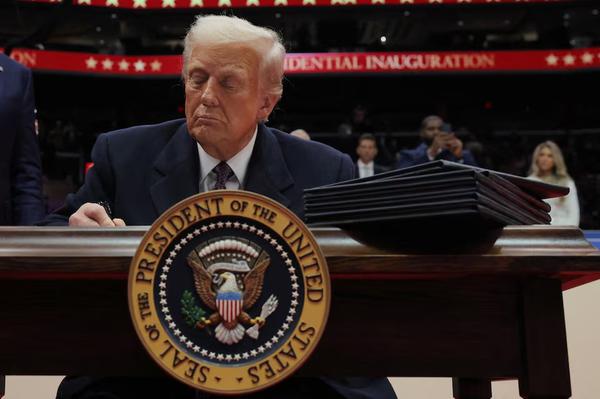Understanding the Global Impact of Trump's Tariffs
Recent analyses suggest that U.S. President Donald Trump's proposed tariffs on Canada, Mexico, and China could have a significant impact on South Korea's economy, potentially more so than on China itself. This is due to South Korea's heavy reliance on intermediate goods exports, which could see a production decline of 0.45 percent compared to 2023 if the tariffs are imposed as planned.

The Study Behind the Predictions
A study published in the quarterly academic journal "Customs and Trade Research" by the Korea Customs and Trade Development Institute outlines the potential outcomes of these tariffs. The analysis assumes a scenario where the U.S. imposes tariffs of 20 percent on Mexico and Canada and 60 percent on China, leading to a significant impact on South Korea's manufacturing sector.
South Korea's Vulnerable Position
With 85.8 percent of South Korea’s exports to China consisting of intermediate goods, the country's economy is particularly vulnerable to changes in trade policies. The Bank of Korea estimates that South Korea's export-linked production to China could decline by over 6 percent if the tariffs are increased as promised by President Trump.
Looking Ahead
Experts suggest that the U.S. is more likely to impose high tariffs targeting specific countries rather than applying universal tariffs. This strategy could limit U.S. inflation to 0.9 percent, compared to a 2.05 percent increase with universal tariffs. Policies to minimize supply chain disruptions caused by U.S. tariff measures are urgently needed.









Comments